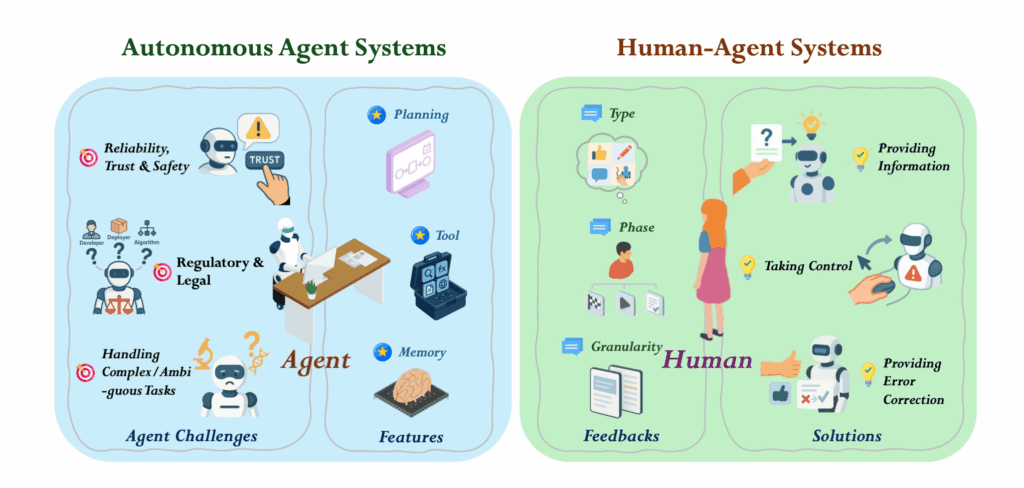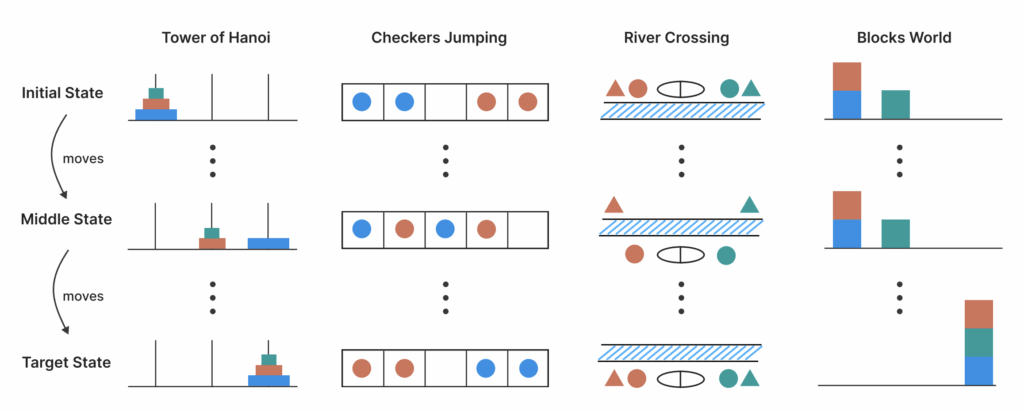
Few-shot learning is one of the most exciting frontiers in artificial intelligence today. It aims to enable machines to recognize new classes or categories from just a handful of examples—much like humans do. However, teaching AI to learn effectively from such limited data remains a significant challenge. A recent research paper introduces a novel approach that leverages conditional class dependencies to dramatically improve few-shot classification. In this blog post, we’ll explore what this means, why it matters, and how it can transform AI’s ability to learn quickly and accurately.
What Is Few-Shot Learning and Why Is It Hard?
Traditional AI models rely heavily on large datasets to learn patterns and make predictions. For example, a model trained to recognize dog breeds might need thousands of labeled images for each breed. But in many real-world scenarios, collecting such extensive data is impractical or impossible.
Few-shot learning addresses this by designing models that can generalize from just a few labeled examples per class. The goal is to mimic human learning efficiency, where a person can recognize a new object after seeing it only once or twice.
Despite its promise, few-shot learning faces key challenges:
- Data Scarcity: Few examples limit the model’s ability to capture the full range of variability within a class.
- Class Similarity: Some categories are visually or semantically close, making it difficult to differentiate them with limited data.
- Ignoring Class Relationships: Many existing methods treat each class independently, missing out on valuable contextual information.
The Power of Conditional Class Dependencies
Humans rarely consider categories in isolation. When identifying an object, we naturally use context and relationships between categories to guide our decision. For example, if you know an animal is a bird, it’s less likely to be a mammal.
Conditional class dependencies refer to the relationships among classes that influence classification outcomes. In AI terms, this means the probability that a sample belongs to one class depends on the presence or absence of others.
By explicitly modeling these dependencies, AI systems can make more informed predictions, especially when data is limited.
Introducing a Novel Framework: Learning with Conditional Class Dependencies
The recent research proposes a new framework that integrates conditional class dependencies into few-shot classification. Here’s how it works:
Building a Class Dependency Graph
Instead of treating classes as independent labels, the model constructs a graph where each node represents a class, and edges encode the dependencies or relationships between classes. This graph is learned dynamically during training, allowing the model to capture complex interactions among classes.
Using Graph Neural Networks (GNNs) for Information Propagation
Graph Neural Networks are powerful tools for learning on graph-structured data. In this framework, GNNs propagate information along the edges of the class dependency graph, enabling the model to refine its understanding of each class by considering related classes.
Integrating with Few-Shot Learning
When the model encounters new classes with only a few examples, it leverages the learned class dependency graph to make better predictions. By understanding how classes relate, the model can disambiguate confusing cases and improve accuracy.
Why Does This Approach Matter?
Incorporating conditional class dependencies brings several benefits:
- Enhanced Accuracy: By considering class relationships, the model better distinguishes between similar classes.
- Improved Generalization: The learned dependencies help the model adapt to new, unseen classes more effectively.
- Human-Like Reasoning: Mimics the way humans use context and relationships to classify objects, especially when information is scarce.
Real-World Applications
This approach has broad implications across various domains:
- Healthcare: Diagnosing diseases with overlapping symptoms can benefit from understanding dependencies between conditions.
- Wildlife Conservation: Identifying rare species from limited sightings becomes more accurate by modeling species relationships.
- Security: Rapidly recognizing new threats or objects with few examples is critical in surveillance.
- Personalization: Enhancing recommendations by understanding how user preferences relate across categories.
Experimental Evidence: Putting Theory into Practice
The researchers evaluated their method on popular few-shot classification benchmarks and observed:
- Consistent improvements over existing state-of-the-art models.
- Better performance in scenarios involving visually or semantically similar classes.
- Robustness to noisy or limited data samples.
These results highlight the practical value of modeling conditional class dependencies in few-shot learning.
The Bigger Picture: Towards Smarter, More Efficient AI
This research aligns with a broader trend in AI towards models that learn more efficiently and reason more like humans. Key themes include:
- Self-Supervised Learning: Leveraging unlabeled data and structural information.
- Graph-Based Learning: Exploiting relationships and dependencies in data.
- Explainability: Models that reason about class relationships offer better interpretability.
Conclusion: A Step Forward in Few-Shot Learning
Learning with conditional class dependencies marks a significant advance in few-shot classification. By explicitly modeling how classes relate, AI systems become better at making accurate predictions from limited data, generalizing to new classes, and mimicking human reasoning.
As AI research continues to push boundaries, approaches like this will be crucial for building intelligent systems that learn quickly, adapt easily, and perform reliably in the real world.
Paper: https://arxiv.org/pdf/2506.09420
Stay tuned for more insights into cutting-edge AI research and how it shapes the future of technology.
